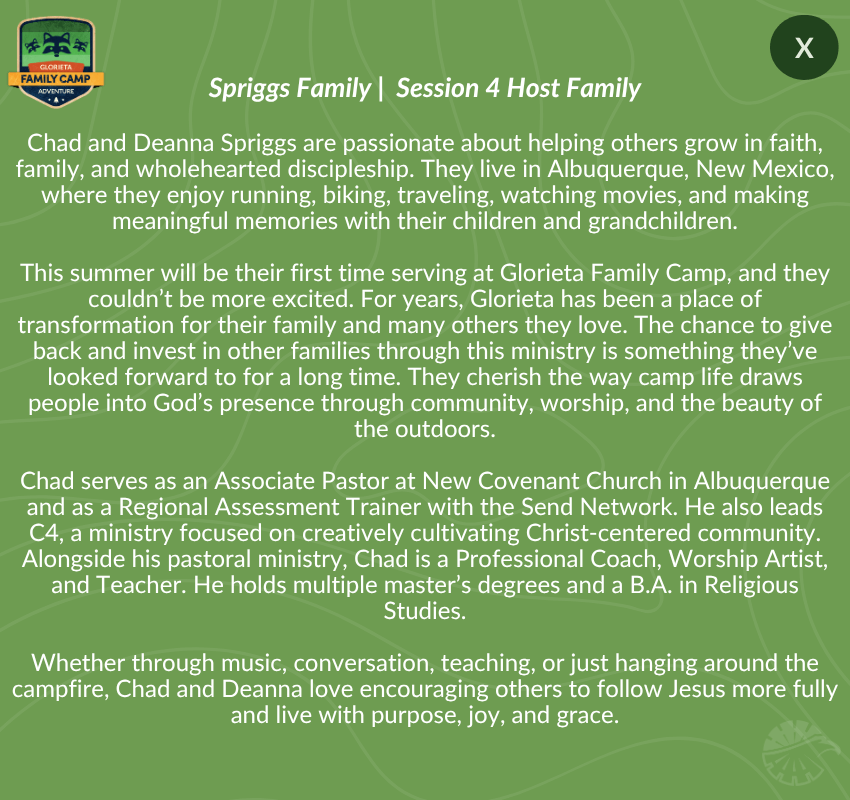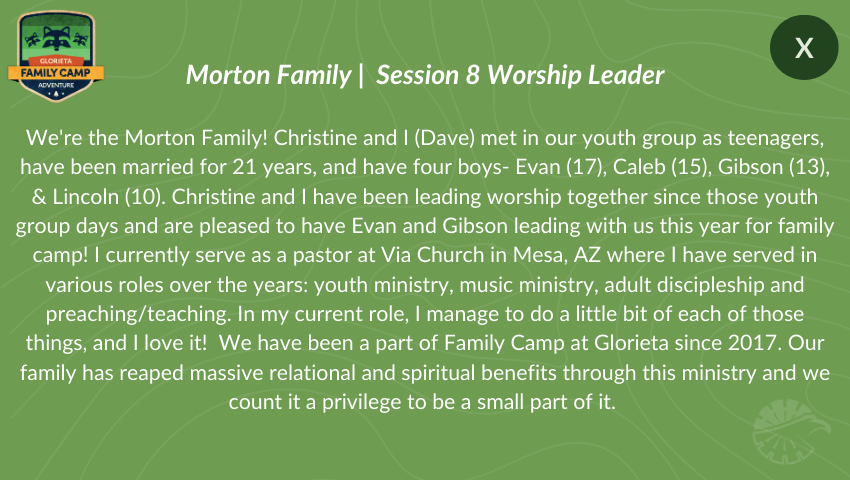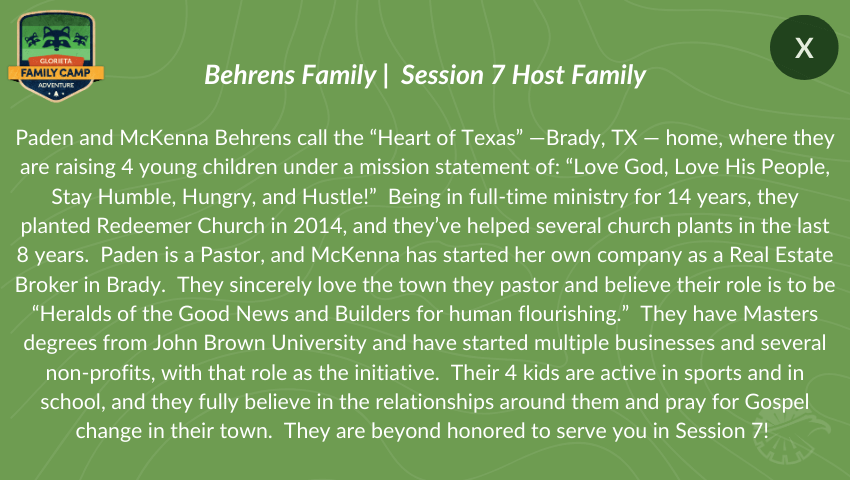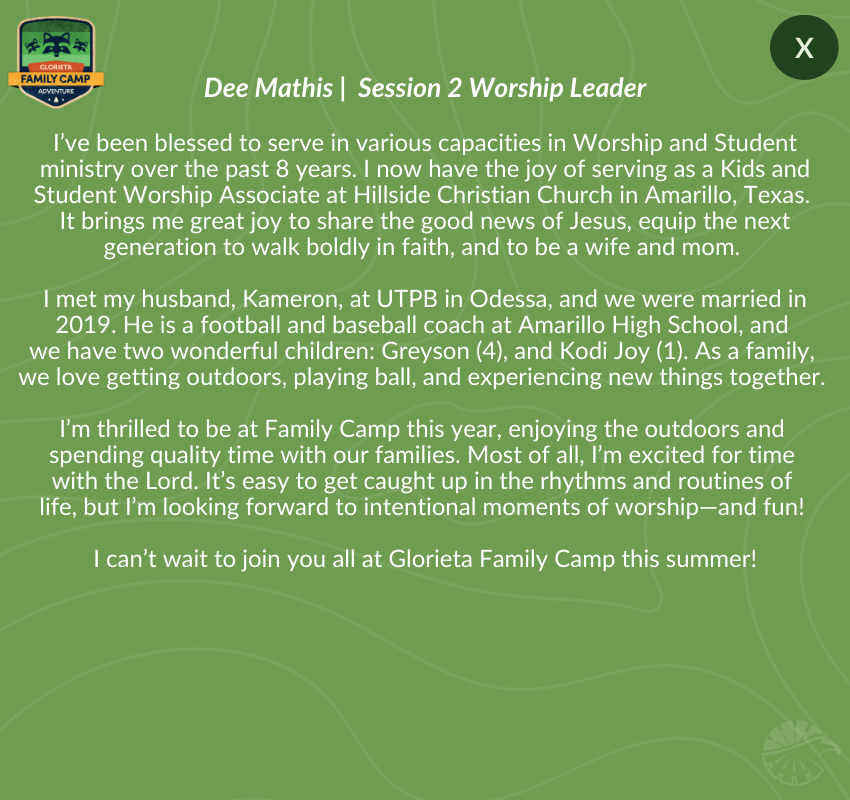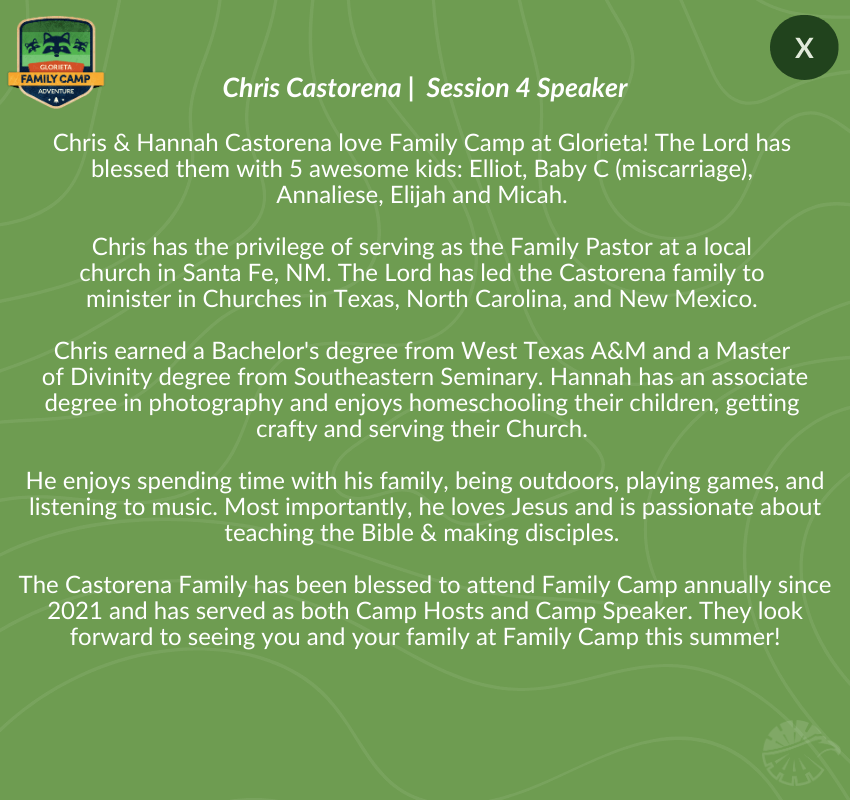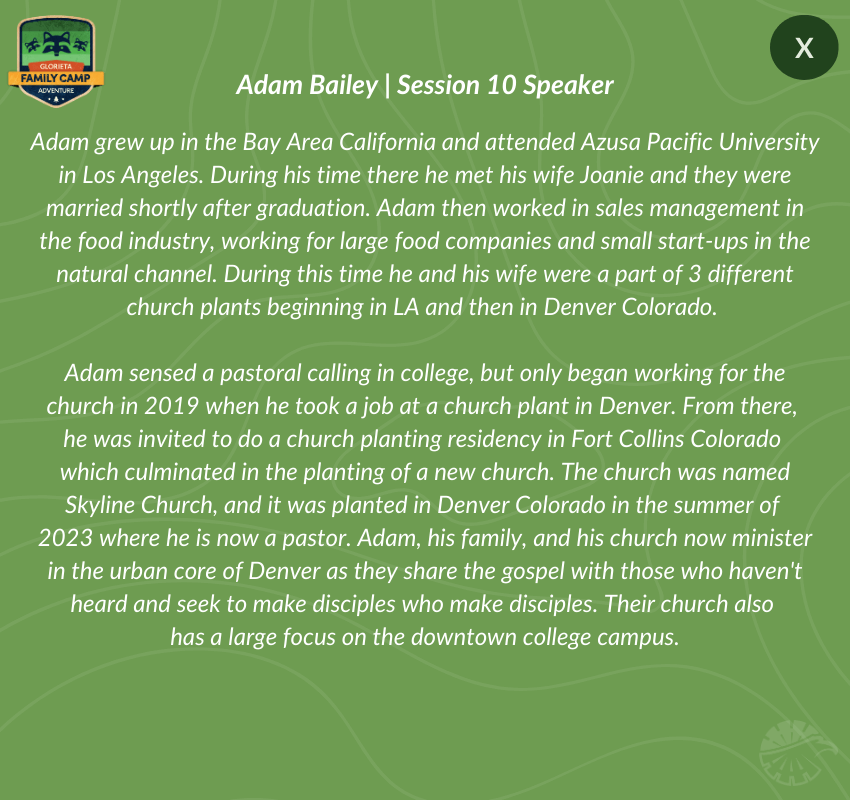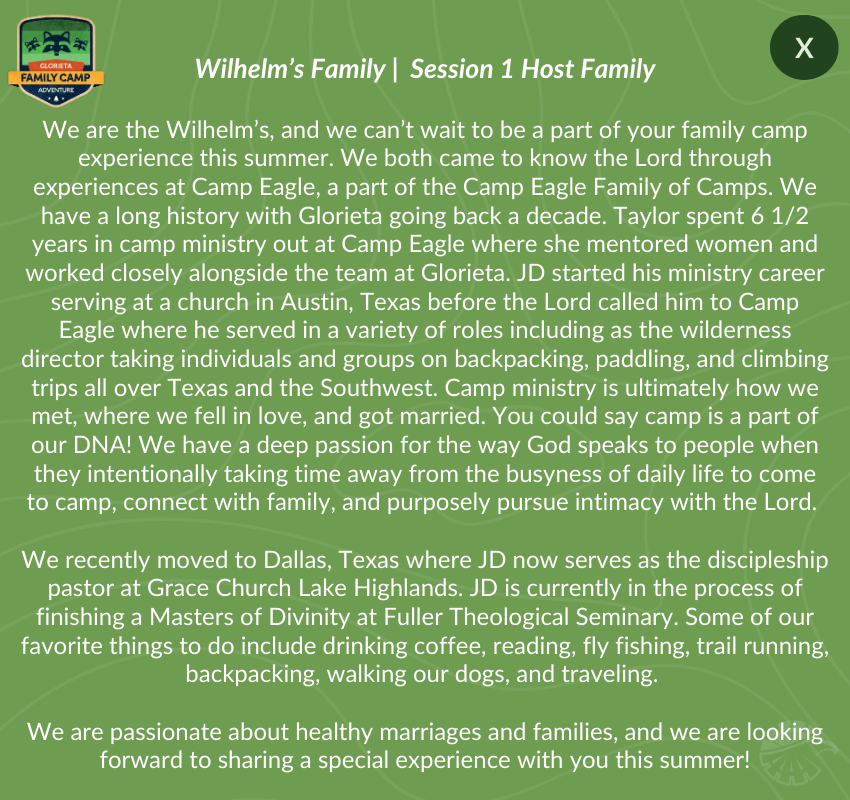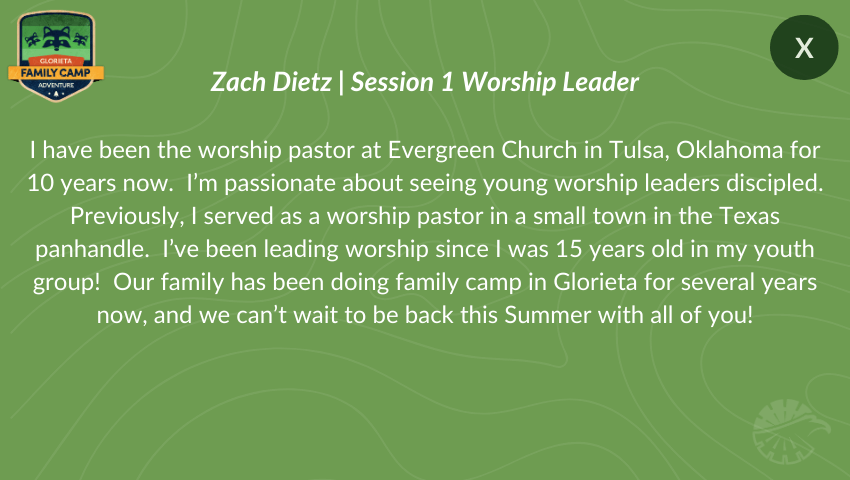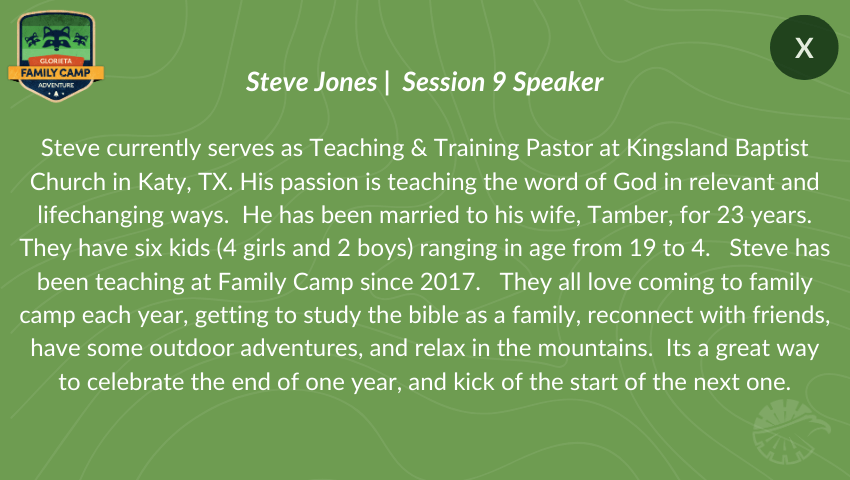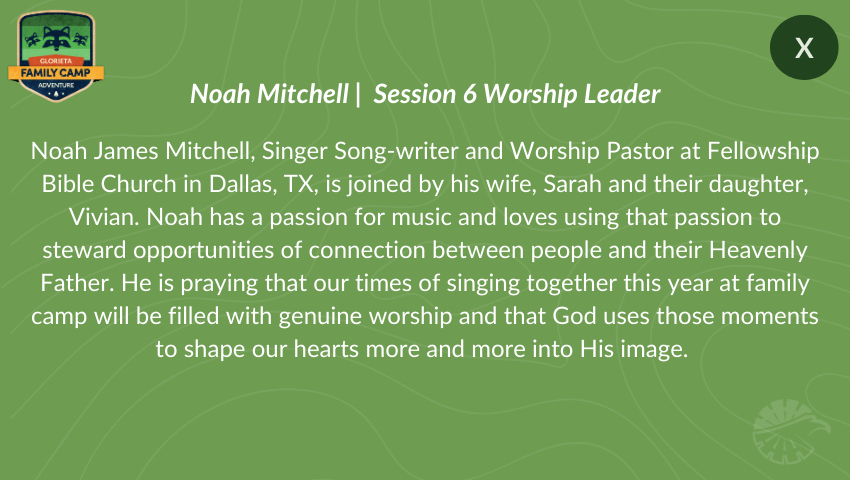God’s Creation
When God created the Lower Rocky Mountains, he threw in the Santa Fe National Forest filled with beautiful Aspens, Pines, Sandstone, and Granite, and the Pecos Wilderness with its desolate beauty and stunning palette of desert colors. Sun. Breeze. Snow. Rain. Balmy days and cool nights perfect for bonfires. It’s a great place to be – and to breathe the cool, clean mountain air. Starting at around 7,500 feet and climbing to over 13,000; these are real mountains, with real seasons, and real adventure.
Mountains & Valleys
The Sangre de Cristo Mountains (Spanish for “Blood of Christ”) are the southernmost part of the Rocky Mountains. The mountains run from Poncha Pass in South-Central Colorado, southeast and south, ending at Glorieta Pass. The name of the mountains may refer to the reddish hues observed during sunrise and sunset, especially when the mountains are covered with snow.
Rivers & Streams
Glorieta Pass provides a route through the mountains between the Pecos River to the east and the Rio Grande to the west. The Pecos is closest to Glorieta Camps and provides a wild and scenic destination for outdoor activities such as boating, rafting, hiking and fishing. It provides a cool, forested environment and offers beautiful scenery, while feeding numerous streams. Look for hidden waterfalls nestled throughout the mountains.
Forests & Vegetation
Glorieta’s plant wildlife consist mainly of hearty, drought resistant trees and plants, including Juniper, Cottonwood, Douglas fir, Russian Olive, Blue Spruce, Ponderosa Pines, as well as lower growing plants such as Russian Thistle (Tumbleweed), Sagebrush, and Prickly Pear Cactus. Several plants are widely recognized as being symbolic to New Mexico, including blue gramma grass, yucca and pinon trees.
Wildlife
The wildlife in New Mexico is as diverse as its land. In addition to elk, deer, and antelope, there are also white-tailed rabbits, gray squirrels, gray foxes and wolves, coyotes, mountain lion, bobcats and black bears. Birds include the American goldfinch and crow, chipping sparrow, cactus wren, hummingbird, great blue heron, common raven and roadrunner. Cutthroat trout are common in rivers and streams. Look for an abundance of amphibians and spined reptiles including horned toads, lurking in the rocks.
Terrain
Glorieta Pass includes a wide range of terrain—from mountains, canyons and rocky ridges, to dry deserts and plains environments. You’ll see many virgin aspen stands and thick pine forests as you traverse between the high peaks, through rugged granite canyons and hidden, high-mountain meadows. Many of the trails at Glorieta can be steep, with loose, dry rock and dirt, so we recommend bringing proper footwear, preferably with ankle support.
Altitude
Glorieta Pass lies at 7,500 ft, and many of our visitors experience altitude sickness when they arrive. Symptoms include shortness of breath, headache, nausea, fatigue and trouble sleeping. Altitude sickness can affect anyone regardless of age, gender, physical fitness or experience with altitude. Avoid alcohol and salty foods, and drink moderately more water than usual. Take a day to acclimate before attempting any long hikes or athletic activities.
Climate
Glorieta Camps experiences a dry steppe climate, with chilly, dry winters and hot summers and high potential evaporation compared to precipitation. The average temperature ranges from around 30 °F in December to 70°F in July. Due to the aridity and elevation, average temperature can vary by 30 °F. Glorieta Camps receives snowfalls between November and April. The heaviest rainfall occurs in July and August.

